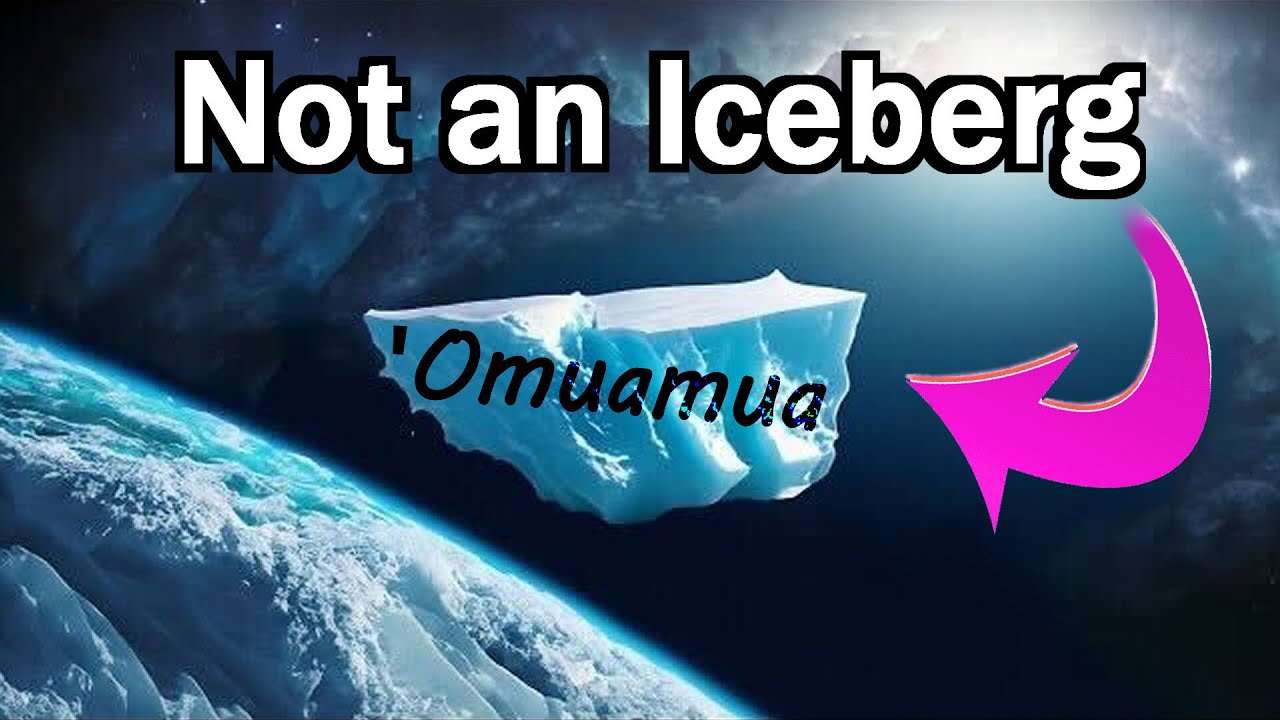1I/ ‘Oumuamua, the first unambiguously interstellar object observed passing through the solar system, had many anomalous characteristics compared to comets and asteroids bound to the Sun. One of the oddest was an anomalous (non-gravitational) acceleration as it departed the solar system for interstellar space. Comets have been observed to have such acceleration, but always accompanied by a coma and tail produced by gas and dust ejected from the comet’s nucleus due to heating by the Sun., propelling the comet like a rocket. Observations of ʻOumuamua with the largest existing telescopes detected no trace of such emissions.
On 2023-03-23, Nature published a paper which proposed an explanation for the anomalous acceleration, “Acceleration of 1I/‘Oumuamua from radiolytically produced H₂ in H₂O ice”. Here is the abstract.
In 2017, 1I/‘Oumuamua was identified as the first known interstellar object in the Solar System. Although typical cometary activity tracers were not detected, ‘Oumuamua showed a notable non-gravitational acceleration. So far, there has been no explanation that can reconcile these constraints. Owing to energetic considerations, outgassing of hyper-volatile molecules is favoured over heavier volatiles such as H₂O and CO₂. However, there are theoretical and/or observational inconsistencies with existing models invoking the sublimation of pure H₂, N₂ and CO. Non-outgassing explanations require fine-tuned formation mechanisms and/or unrealistic progenitor production rates. Here we report that the acceleration of ‘Oumuamua is due to the release of entrapped molecular hydrogen that formed through energetic processing of an H₂O-rich icy body. In this model, ‘Oumuamua began as an icy planetesimal that was irradiated at low temperatures by cosmic rays during its interstellar journey, and experienced warming during its passage through the Solar System. This explanation is supported by a large body of experimental work showing that H₂ is efficiently and generically produced from H₂O ice processing, and that the entrapped H₂ is released over a broad range of temperatures during annealing of the amorphous water matrix. We show that this mechanism can explain many of ‘Oumuamua’s peculiar properties without fine-tuning. This provides further support that ‘Oumuamua originated as a planetesimal relic broadly similar to Solar System comets.
In a “front of book” popular article of the same issue of Nature, this was called “A compelling explanation for the enigmatic small object ‘Oumuamua”. Incidentally, this was the same issue of Nature which printed the editorial “Should Nature endorse political candidates? Yes — when the occasion demands it”, arguing that Big Science should weigh in on political issues even if it causes the public “to lose trust in science and in Nature as a source of evidence-based knowledge”.
This august arbiter of truth and wisdom did not see fit to allow the public to see the text of the paper on ‘Oumuamua without paying US$ 39.95 to buy a PDF. Fortunately, the authors posted the text on arXiv before dropping it into the event horizon of Big Science, so you can read it there (full text [PDF]).
Avi Loeb of Harvard, author of the 2021 book about ‘Oumuamua, Extraterrestrial, isn’t buying it. He considers the “hydrogen iceberg” explanation utter nonsense, violating conservation of energy by neglecting the energy required to dislodge hydrogen from the water ice lattice in which it is supposed to be contained. Further, he notes, long-period comets observed to have fallen in toward the Sun from the Oort cloud would have experienced precisely the same environment for untold millions of years that an interstellar comet would, and yet among a large number of such objects observed, we have never seen a single “dark comet” which behaved as ‘Oumuamua did in its passage through the solar system.
